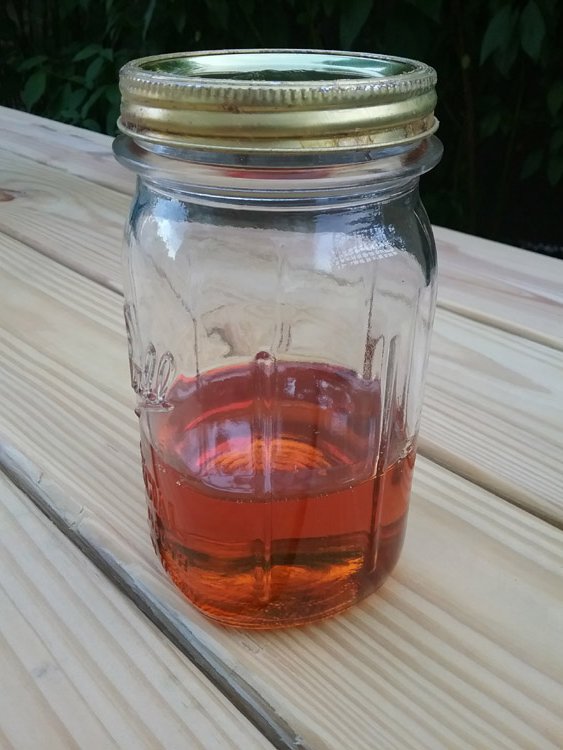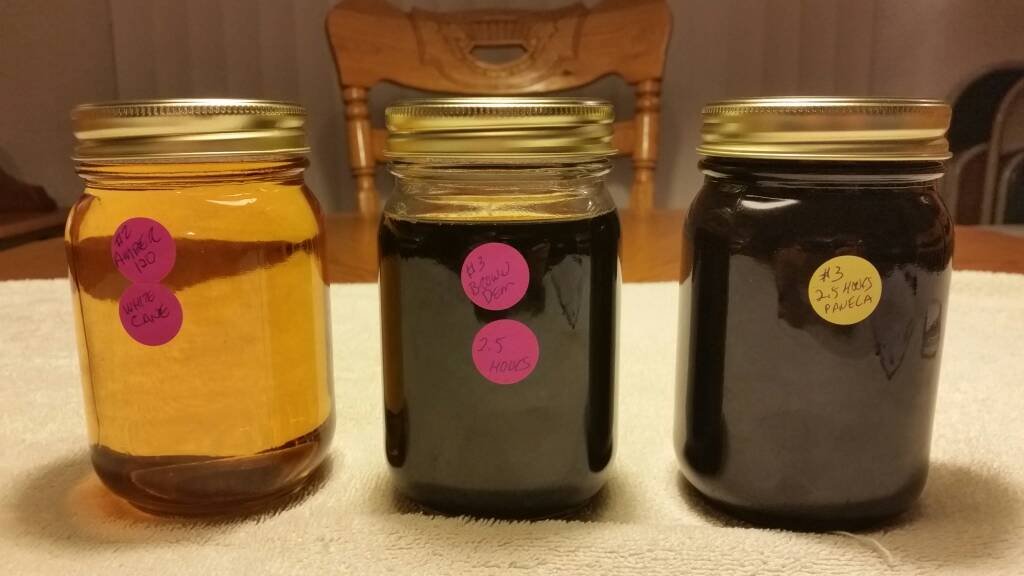The Ragus range of brewing sugars are produced from raw cane and demerara sugars, with colours ranging from light brown amber to dark brown, and with flavours ranging from mellow to robust treacle. They are fully inverted products; in liquid form they consist of 95% invert and 5% sucrose, while in crystalline block form they contain 75% invert, 5% sucrose and 20% wheat-derived glucose. They are all 95% readily fermentable (and 5% non-fermentable) and with extract values of between 321.5 and 326.5 L°/Kg...
During the last 20 years, Ragus has for been the only block sugar supplier to the brewing industry. It has a continued commitment to keep supplying, despite not really being economically viable and Ben suggests that they represent a strong part of the company’s heritage.
Brewer’s Sugar No.1: This can be produced as a fully inverted (glucose-fructose mixture) syrup or seeded into a crystalline block. It’s 95% readily fermentable, with a subtle colour (25-35 EBC) and mellow flavour. It’s used in brewing lager and pale ale.
Brewer’s Sugar No.2: This can be produced as a fully inverted (glucose-fructose mixture) syrup or seeded into a crystalline block. It’s 95% readily fermentable, with an amber colour (60-70 EBC) and strong flavour. It’s used in bitter and strong ale.
Brewer’s Sugar No.3: This can be produced as a fully inverted (glucose-fructose mixture) syrup or seeded into a crystalline block. It’s is 95% readily fermentable, with a dark brown colour (120-140 EBC) and rich flavour. It’s used in mild ale, stouts and porters.
Also available is Brewer’s Sugar No.4, a fully inverted syrup or crystalline block with a darker colour (550 – 650 EBC for the block, 625- 724 EBC for the syrup) derived from caramel rather than the dark cane sugars in Nos. 1 to 3.
The Ragus Brublock range ("Bru" = glucose, "Brew" = invert) are crystalline blocks containing 75% glu-cose and coloured with cane molasses (No.1 and 2) and caramel (No.3). They give the same extract values (321.5 to 326.5 L°/Kg) as the invert brewing sugars, but are less fermentable at 80% readily fermentable, 4% slowly fermentable and a maximum 16% un-fermentable sugars. Other brewing sugars products available are Dark Brewing Syrup (an invert syrup at 2875 – 3375 EBC), Brewers Candy Block, and a conveni-ent Glucose Chip Block at 80% readily fermentable sugar...
Brewers No.1 could possibly be made from beet [but isn't], but Nos 2 to 4 need cane to produce colour without any danger of any associated beet (or turnip) notes....
The sugar crystals are dissolved in large inversion pans by heating the sucrose solution to over 70°C...heated by jackets of circulating hot water.
When the solution reaches a sugar content of 66%, it can be called liquid sugar. This can then be invert-ed by applying a solution of acid (or enzymes), making the syrup acidic with a pH value of 1.6. When the desired ratio of sucrose to glucose/fructose is achieved to a polarisation of -20, the syrup is neutralised with sodium carbonate, bringing its pH value to between 5.0 and 6.0. The syrup is now fully inverted (95% invert sugar and 5% sucrose) and can be kept in this state or have more sucrose added to produce a Partial Invert Syrup (44% sucrose:56% invert)....The invert syrup is then passed through a 40-micron filter






